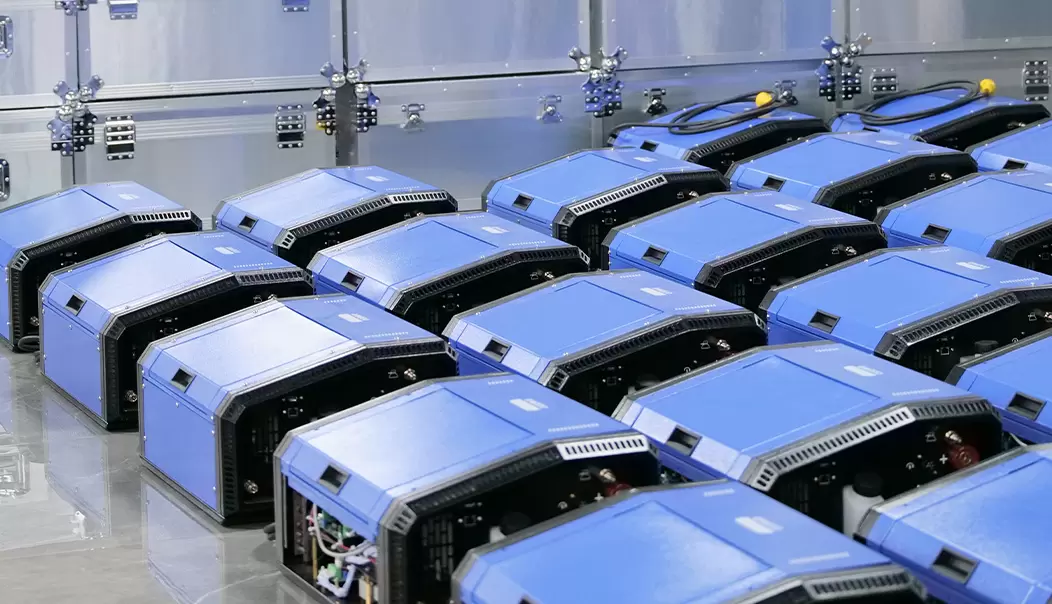Gypsum, a versatile mineral widely used in construction and various industries, undergoes intriguing transformations when exposed to moisture. In this blog post, we will delve into the chemical reactions and physical changes that occur when gypsum gets wet. By understanding these processes, we can gain valuable insights into the behavior of gypsum and its implications in different applications.
- The Hydration Process:
When gypsum encounters water, it undergoes a chemical reaction known as hydration. This reaction involves the addition of water molecules to the calcium sulfate dihydrate (CaSO4·2H2O) compound, resulting in the formation of gypsum dihydrate (CaSO4·2H2O). This hydrated form of gypsum is commonly known as plaster of Paris. - Swelling and Setting:
As the hydration process takes place, gypsum particles absorb water and expand. This swelling phenomenon is crucial in applications such as plastering and casting, where gypsum is used to create molds or decorative elements. The expansion of gypsum particles allows for precise replication of intricate details and ensures a smooth finish.
Additionally, the hydration process triggers the setting of gypsum. Setting refers to the transformation of the gypsum paste from a fluid state to a solid state. During setting, the gypsum dihydrate crystals interlock, forming a rigid structure. This property makes gypsum an excellent material for creating durable and stable structures.
- Release of Heat:
The hydration reaction between gypsum and water is exothermic, meaning it releases heat. This heat generation is a result of the chemical bonds forming between the water molecules and the gypsum particles. The exothermic nature of the reaction contributes to the rapid setting of gypsum, making it an ideal material for quick construction projects. - Absorption of Moisture:
While gypsum initially reacts with water, it also has the ability to absorb moisture from the surrounding environment. This hygroscopic property allows gypsum to regulate humidity levels in indoor spaces, making it a popular choice for wallboard and ceiling tiles. By absorbing excess moisture, gypsum helps prevent the growth of mold and mildew, ensuring a healthier living or working environment. - Structural Integrity:
When gypsum gets wet, it is essential to consider its impact on the structural integrity of buildings. While gypsum is highly resistant to water damage, prolonged exposure to moisture can lead to degradation. Waterlogged gypsum may lose its strength and become prone to crumbling or warping. Proper waterproofing measures and regular maintenance are crucial to preserving the structural integrity of gypsum-based constructions.
Conclusion:
The reaction of gypsum with moisture is a fascinating process that involves hydration, swelling, setting, heat release, and moisture absorption. Understanding these transformations is vital for optimizing the use of gypsum in construction, art, and other industries. By harnessing the unique properties of gypsum, we can create durable structures, intricate designs, and healthier indoor environments. So, the next time you encounter wet gypsum, remember the science behind its transformative effects.




More Stories
Shoring Props Explained: Types, Uses, and Safety Tips for Construction Projects
Why H20 Beams Are Essential for Large-Scale Construction and Infrastructure Projects
The Versatility of Fiberglass Woven Cloth in Industrial Applications